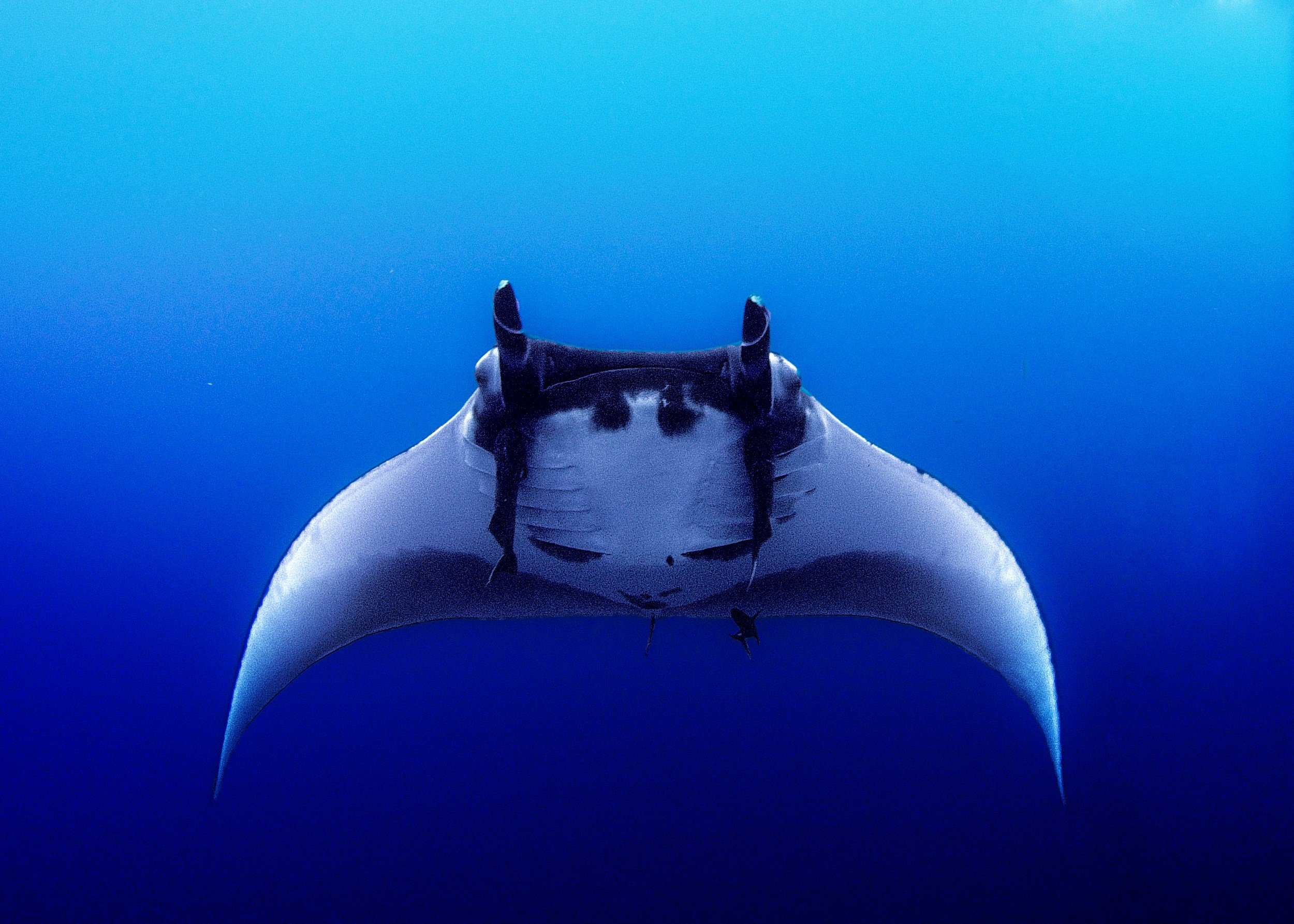
Distributed Ocean Renewables
FUTURE SCENARIO
Ocean renewables redefine energy access, shifting from centralized grids to distributed, community-led networks. Floating wind, wave, and tidal energy empower coastal and island communities with energy independence, reducing reliance on fossil fuels and centralized power systems. AI-managed smart grids and blockchain-based energy trading optimize energy use and storage.
Fishing communities and maritime industries integrate renewables, creating hybrid energy systems that support local economies. Governments and international agreements ensure offshore energy remains equitably accessible, preventing corporate monopolization. Public investment accelerates the transition, making decentralized renewables a key player in energy security.
Coastal economies become hubs of innovation, exporting expertise in marine energy. Green hydrogen production from offshore renewables fuels industries, while marine ecosystems benefit from reduced extraction. Decentralized power networks strengthen resilience, proving that energy sovereignty and sustainability go hand in hand. Ocean renewables no longer serve as an alternative but as a primary solution for a low-carbon future.
Supporting Trends
-
Wave and Tidal Energy
TECHNOLOGICAL
Innovations in wave, tidal, and ocean thermal energy across the world hold potential to expand the renewable at a commercial scale.
Ocean HiWave-5, Mutriku Wave Power Plant, Carnegie Clean Energy
-
Offshore Wind Energy
TECHNOLOGICAL
Offshore wind is gaining traction, decreasing prices, increasing water depth, capacity, and the development of floating substructures.
Growth in U.S, Taiwan, France, South Korea, China, Poland, Japan, India, Spain
-
Blue Credits and Carbon
ECONOMIC
The development of ocean credit markets incentivizes sequestration projects in marine environments, contributing to restoration.
-
Marine Spatial Planning
ECONOMIC
Tools for marine spatial planning support sustainable development, balancing economic activities with the protection of ecosystems.
-
Resource Ownership
POLITICAL
The delineation of marine zones and natural capital needing clearer governance over exclusive economic zones (EEZs) and ocean resources.
UN Law of the Seas, new no-fishing zones near the coast of South America of 166,000 sq km.
Barriers
-
Geopolitical tensions over oceanic resource rights and EEZs.
-
Infrastructure limitations for energy storage and transmission.
-
High capital investment required for deep-sea renewable projects.
Opportunties
-
Development of ocean energy technology through subsidies, tax breaks, streamlined permitting processes.
-
Advancements in modular and floating wind energy technologies to drive down cost and increase viability.
-
International frameworks ensuring equitable access to offshore energy markets.
-
Digital twin simulations optimizing energy grid performance and efficiency.
Potential Roadmap
-
New Blue Energy Investments
2025
Investment in modular floating wind and tidal energy increases, enabling deployments in remote coastal and island communities.
-
Smart Grids and Energy Trades Mature
2030
Decentralized energy grids paired with blockchain-based energy trading improve efficiency and scalability in renewable portfolios.
-
International Marine Energy Treaties
2035
Maritime industries, fisheries, and aquaculture integrate renewables into business models, reducing reliance on fossil fuels.
-
Blue Energy from Oceans Scale
2040
Hydrogen production, offshore wind and tidal farms fuels industrial decarbonization, expanding beyond maritime applications.
-
Ocean Renewables are Primary Sources
2050
Coastal and island communities achieve energy sovereignty, with ocean renewables supplying the majority of regional power needs.
-

Scenarios
Collectively imagining what the future of the oceans might looks like in different contexts.
-

Drivers
Macro-level drivers that create broad-reaching impact, and influence our present and future.
-

Trends
Emerging trends are specific areas of change that hold potential for significant impact.

Let’s Work Together
Join our ocean-tech network.


